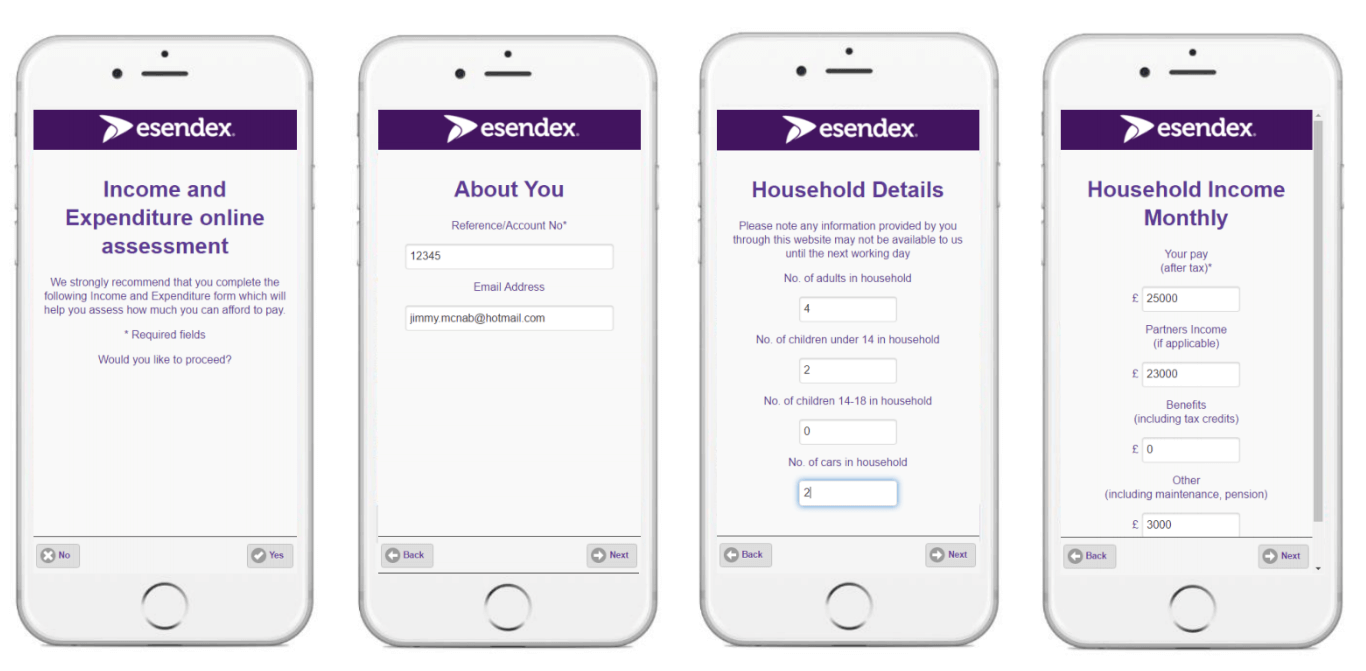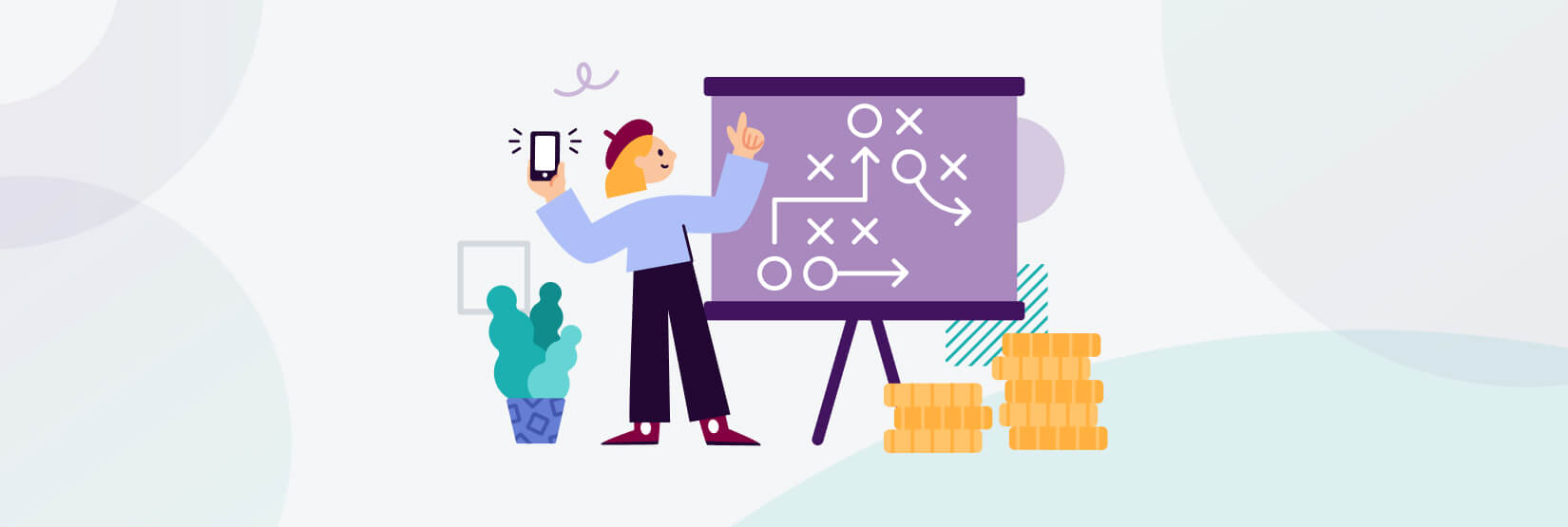
Can income and expenditure assessments catch-up with the rapidly changing debt landscape?
According to the Money Charity, nine million adults think they owe too much money, and four and a half million people find it difficult to keep up with essential bills.
The borrowing rate in the UK has grown exponentially over the last few years. By the end of May 2017, the level of unsecured debt in the UK stood at £199.7 billion. Households are slowly building more debt as borrowing is rising faster than incomes.
The changing face of debt
A digital age means consumers have more ways in which to acquire credit, and there are signs of a ‘borrowing binge’, with almost one in 10 people in the UK having a personal loan and 33% of UK residents reporting sleepless nights when dealing with financial issues.
The ease in which it has been possible to gain access to credit is partially responsible, and 18.8% of high street lenders have reacted by restricting access (source). A smooth and efficient income and expenditure exercise benefits both personal customers and businesses as they force acknowledgement of current levels of debt, and encourage more responsible lending.
Improving accuracy of affordability assessments.
Technology is shaping customer experiences, and enabling creditors to capture customers’ key income and expenditure information consistently and accurately is invaluable in streamlining the process and lowering costs.
The challenge of bringing greater consistency to the way information on people’s financial circumstances is gathered has been recognised and addressed by the Standard Financial Statement (SFS), which provides a sector wide view on how to approach the issue.
Esendex can build an income and expenditure (I&E) Mobile Journey solution that can capture information accurately across devices and feed it straight into your CRM. This intuitive form can determine the most appropriate next steps for the customer and enable them to be acted on almost instantaneously.
Simplifying the customer journey
A multichannel, self-serve approach means that an agent or customer can complete I&E forms across a variety of devices (smartphone, laptop etc.) as well as over the phone. Well-targeted automated prompts to complete an I&E form are generally positively received. In fact, when one of the world’s largest electric utility companies surveyed its customers, 61 per cent said they preferred automated contact (voice, email or SMS) over dealing with agents.
The average user of Esendex’s mobile web application, Mobile Journeys, enjoys a click-to-completion ratio of 46.5%. By sending your customers a personalised link to a form that is unique to them, with pre-filled information that you already hold about them – their name, address, account details etc. – you can simplify the form-filling process and encourage form completion.
A typical I & E analysis can tie up agents and customers for an average of 45 minutes (source: Customer Experience Magazine), so any attempt to make the process easier, whether it’s intelligent use of pre-populated personal data or allowing a ‘save and continue later’ feature, can serve the demand in a self-serve world.




